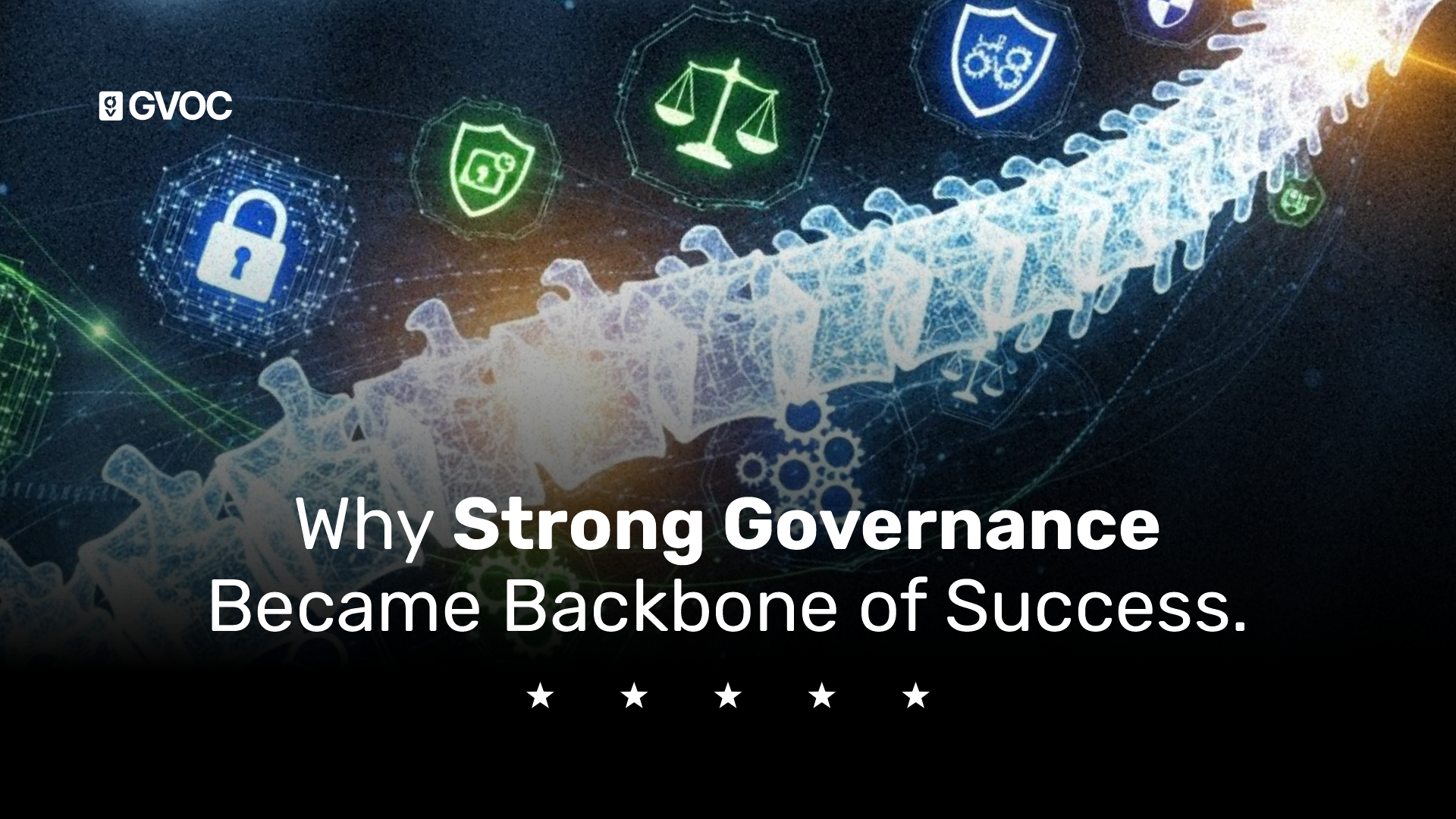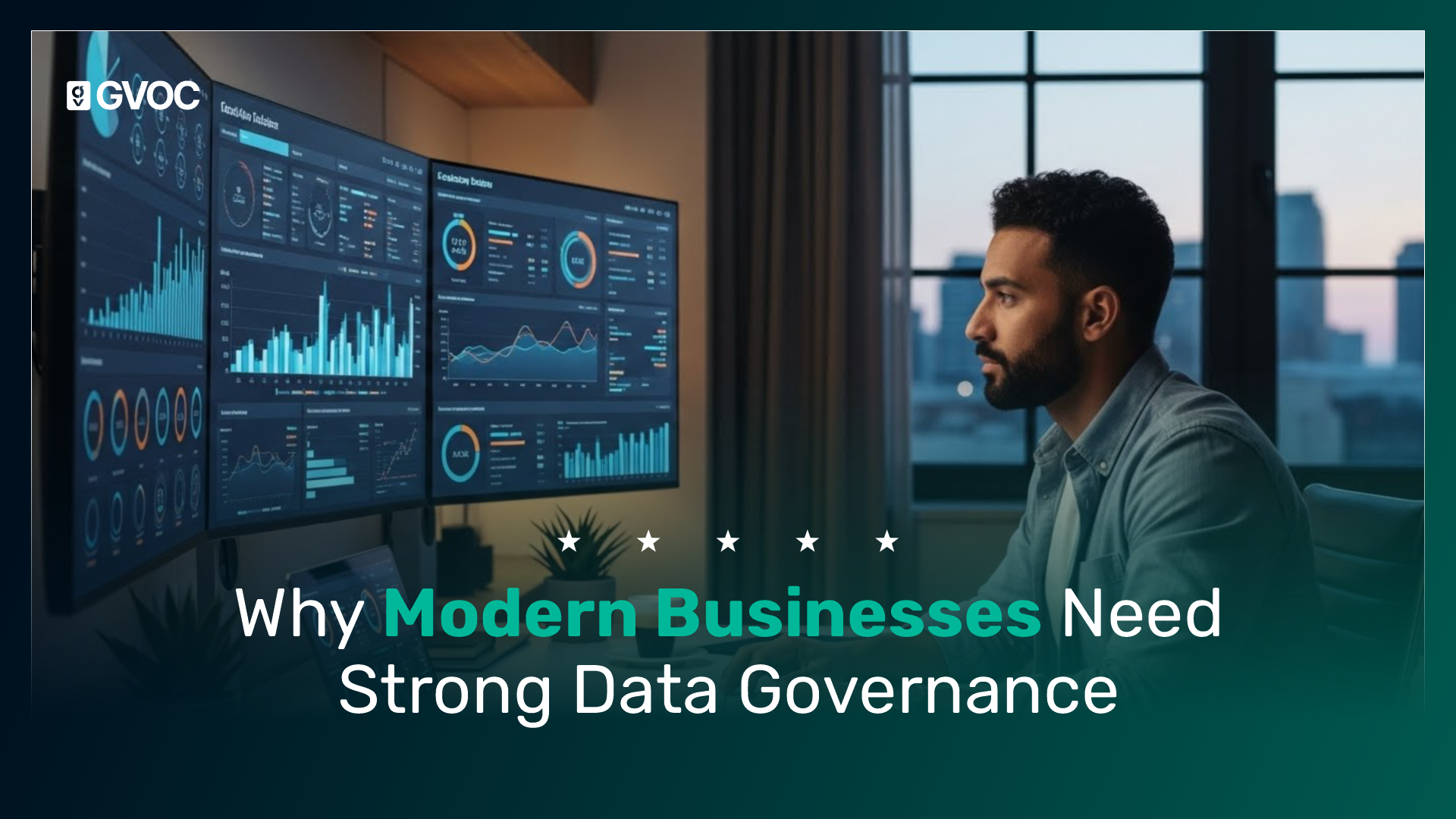%5B1%5D.png)
Business Intelligence
Every business has competitors. But the ones that win? They don’t guess, they know. They know what’s trending in their industry, what their rivals are planning, and how to position themselves a step ahead. They use what’s called competitive intelligence, and if you’re not doing it yet, you’re already behind. We believe competitive intelligence isn’t just a nice-to-have, it’s a game-changer. Whether you’re launching a new product, trying to win market share, or deciding where to expand next, knowing what your competitors are doing can be the difference between leading the market or losing ground. Let’s walk you through what competitive intelligence really is, why it matters, and how it can boost your business growth.
Content
So, What Exactly Is Competitive Intelligence?
Competitive intelligence (CI) is the process of gathering, analyzing, and using information about your competitors, your industry, and the market environment to make smarter business decisions.
It’s not spying. It’s not stealing secrets. It’s simply being intentional about collecting insights from public sources—things like:
- Competitor websites
- Social media posts
- News articles
- Job listings
- Product launches
- Customer reviews
- Industry reports
The goal? To see patterns, predict moves, and adjust your own strategy before others do.
In a world where information is power, competitive intelligence is how smart businesses stay sharp.
Why Competitive Intelligence Matters for Business Management
Here’s the truth: today’s business landscape moves fast. Blink, and a new player has entered your market. Pause, and your customer’s loyalty shifts to a competitor who offers something better. If you’re only focused on your internal data (sales, performance, finance), you’re missing the bigger picture.
Competitive intelligence gives business leaders a fuller view. It answers big questions like:
- Who are our biggest competitors right now?
- What are they doing that we’re not?
- What market gaps can we take advantage of?
- What threats are coming that we need to prepare for?
It’s like having headlights on a dark road. Without it, you’re driving blind.
At GVOC, we help businesses use data to improve operations—but we also encourage them to look outward. Because growth doesn’t just come from knowing your numbers. It comes from knowing your battlefield.
Real-World Example: How a Retail Brand Used CI to Regain Market Share
Let’s take a fictional company— UrbanFit a mid-sized fashion retailer. Sales were steady, but growth had stalled. Customers were drifting to newer, trendier competitors.
GVOC helped UrbanFit apply competitive intelligence. Here’s what they uncovered:
- A new brand was gaining traction through TikTok influencers.
- Customers were craving more sustainable fabrics—something competitors were highlighting heavily.
- Reviews revealed that UrbanFit’s online delivery was slower than others.
By piecing this information together, UrbanFit made three smart moves:
- Partnered with eco-conscious suppliers.
- Launched a limited collection promoted via micro-influencers.
- Streamlined their shipping operations.
Within six months, they boosted online sales by 18%.
That’s the power of competitive intelligence. It helps you adapt, evolve, and win—without guesswork.
How Competitive Intelligence Supports Smart Decision-Making
Competitive intelligence isn’t a one-time task; it’s a continuous process that feeds directly into business strategy.
For example:
- Marketing teams use CI to craft campaigns that stand out from the crowd.
- Product teams use it to spot features customers want—but aren’t getting yet.
- Sales teams use it to understand customer objections and beat competitor pitches.
- Executives use it to explore new markets, partnerships, or pricing strategies.
Whether you're a small business or a growing enterprise, knowing your environment helps you stay agile. It keeps you ahead of the trends instead of reacting to them when it’s already too late.
And when paired with business intelligence and customer intelligence—what we specialize in at GVOC—you don’t just track your competitors. You outthink them.
What Makes Good Competitive Intelligence?
You don’t need fancy tools to get started with CI (although there are plenty out there). What matters most is:
- Consistency – Tracking competitor activity regularly, not just once in a while.
- Relevance – Focusing on insights that directly impact your business decisions.
- Actionability – Turning what you learn into clear strategies and changes.
Too many companies collect data but never use it. At GVOC, we help our clients bridge that gap, because data without direction is just noise.
The Future of Competitive Intelligence
As the business world becomes more data-driven, competitive intelligence will become even more essential. With the rise of AI and automation, CI tools can now monitor news, social trends, and competitor updates 24/7.
But even with all that tech, the human element matters. Business leaders still need to interpret the insights, connect the dots, and make strategic choices. That’s why CI isn’t just a tool—it’s a mindset.
In 5–10 years, we believe companies that don’t embed competitive intelligence into their decision-making will fall behind. The ones who stay curious, alert, and proactive? They’ll lead.
Final Thoughts: Outsmart, Don’t Outspend
At the end of the day, winning in business isn’t always about having the biggest budget. It’s about being the most informed. And that’s where competitive intelligence gives you an edge.
It helps you make smarter moves. Faster ones. More calculated risks. It shifts your business from reactive to proactive.
If you’re ready to start using competitive intelligence to guide your growth, GVOC is here to help. We bring together the power of BI, CI, and customer insight to give you a full 360° view of your business landscape.
Author
Nafisat Jayeola
Lead Data Analyst
Author
Case Studies & Strategies
Dive into our newsletter for a wealth of knowledge in digital marketing







.svg)

.png)


.svg)

.svg)





